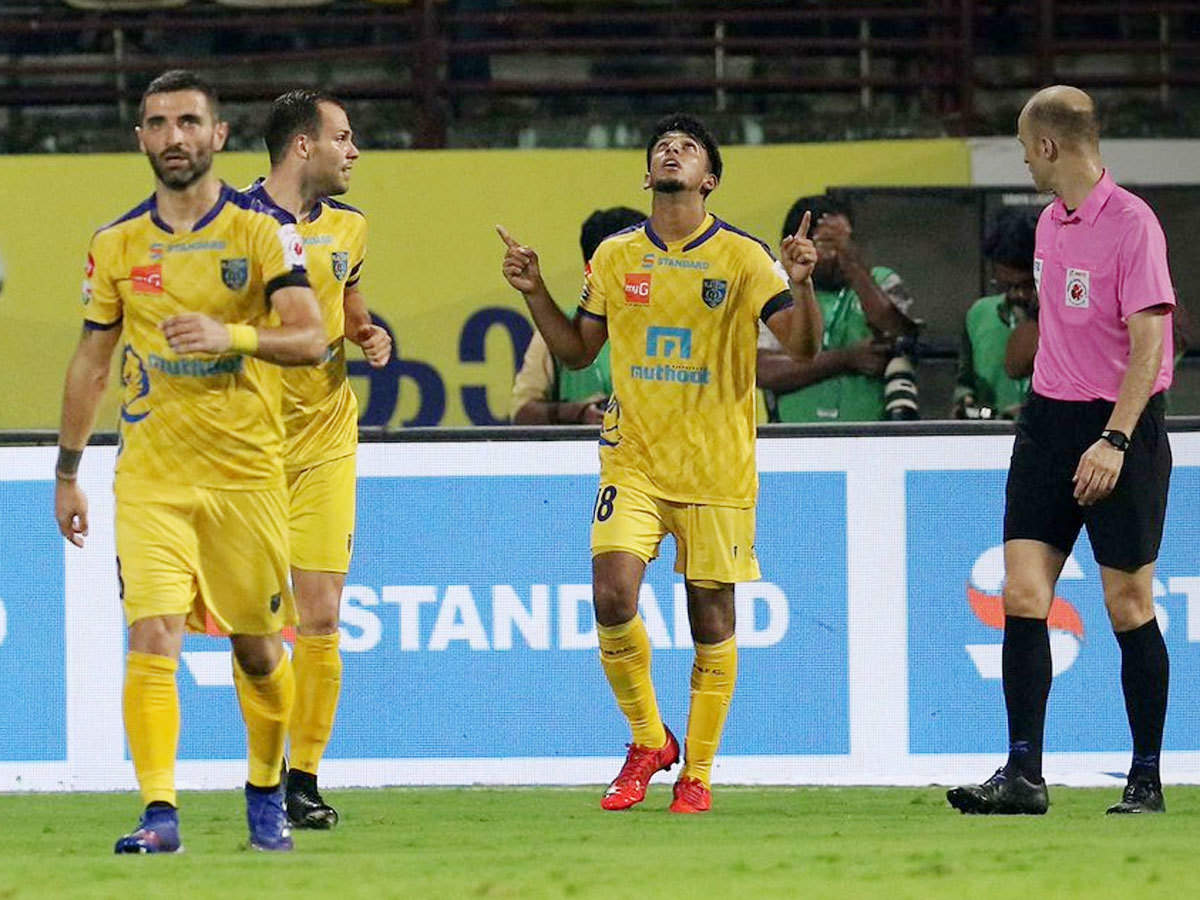Euro 2020 has started to start, but I still am wondering about what happens in the Eliteserien in Norway at the moment. I’ve not done any analysis concentrating on the defensive side of set-pieces for a while now, and that is something I want to change. So this is about the defensive positioning of Molde SK in this Eliteserien season in Norway.
I’ve chosen to look at Molde FK as they are a big side in Norway and that it is quite interesting to see how well top teams in a league perform on the defensive side of things, as they usually are the ones doing the majority of the attacking.
Molde FK vs Tromsø IL
In the video above you can see Molde defending a corner against Stromsø, who have a corner from the right. It’s an inswinging corner from the right, taken by a left-footed player.
When the corner is taken we see Molde set up defensively in a two-player zonal structure. One zonal marker is on the near post and one is on the far post, which is a slightly particular set up, as most teams set up with two zonal markers at the near post. There is a 3v3 situation in the six-yard box with three players of Stromsø in the six-yard box being man-marked by Molde. In the 11 meter zone, we have two runners of Stromsø and their runs will be attempted to block by Molde.
The ball is delivered to the far post and it’s defended by the zonal marker of that particular zone, while the two runners try to get there as well. One of the blockers runs with the runner, but the other one lost his marker and could prove to be dangerous in a different situation.
Molde FK vs SK Brann
In the video above, we see that Brann have a corner on the left and is taken by right-footed player – which means the corner will swing in. The ball will go nearer to the six-yard box than to the penalty spot.
Molde employs a three-player zonal structure in this situation with one player at the far post and two players at the near post. One is standing close to the man-maker at the near post but is definitely zonally marking that particular zone. In the six-yard box, we have a 2v2 situation which means that there are two Brann players against six Molde players. Four players are standing on the penalty spot and are trying to make a run towards the six-yard box, which will be tried to blocked by Molde’s defensive players.
The ball goes to the near post and is headed away, because of the overload in that particular zone. Again, there could be a chance for Brann to attack when the ball was headed to the far post, where a 2v2 situation is – this could prove dangerous for Molde.


